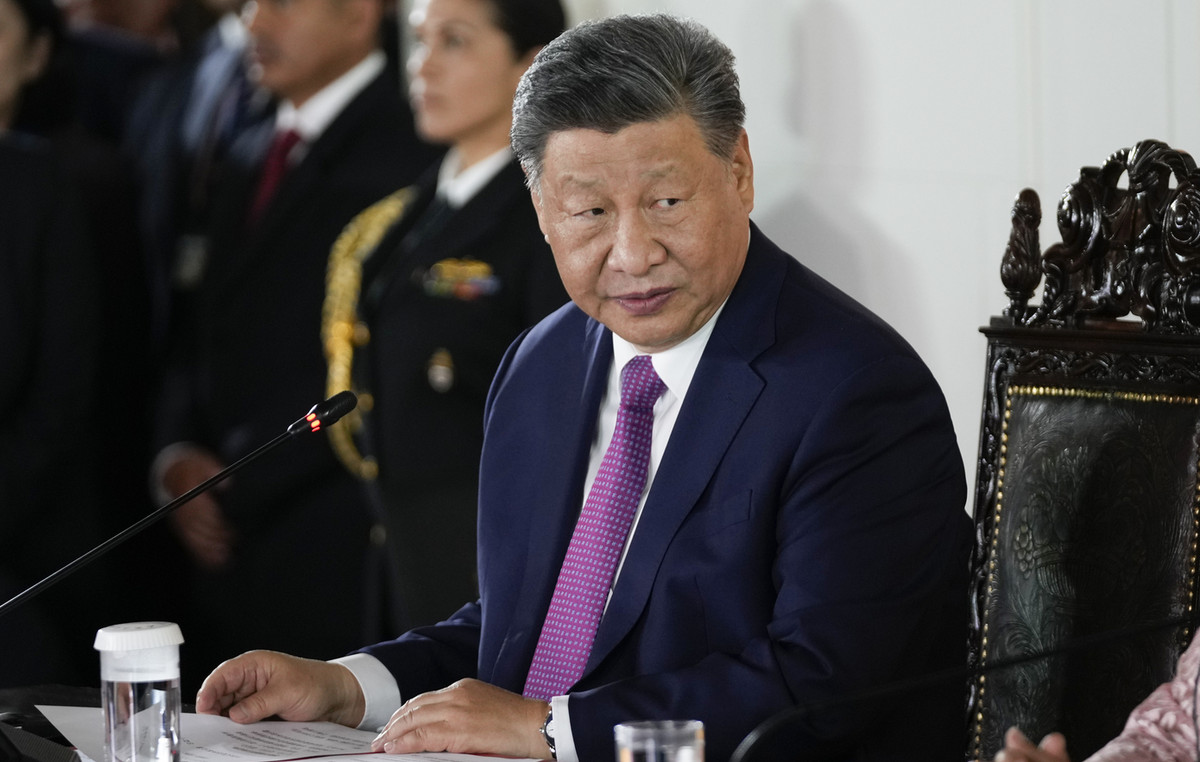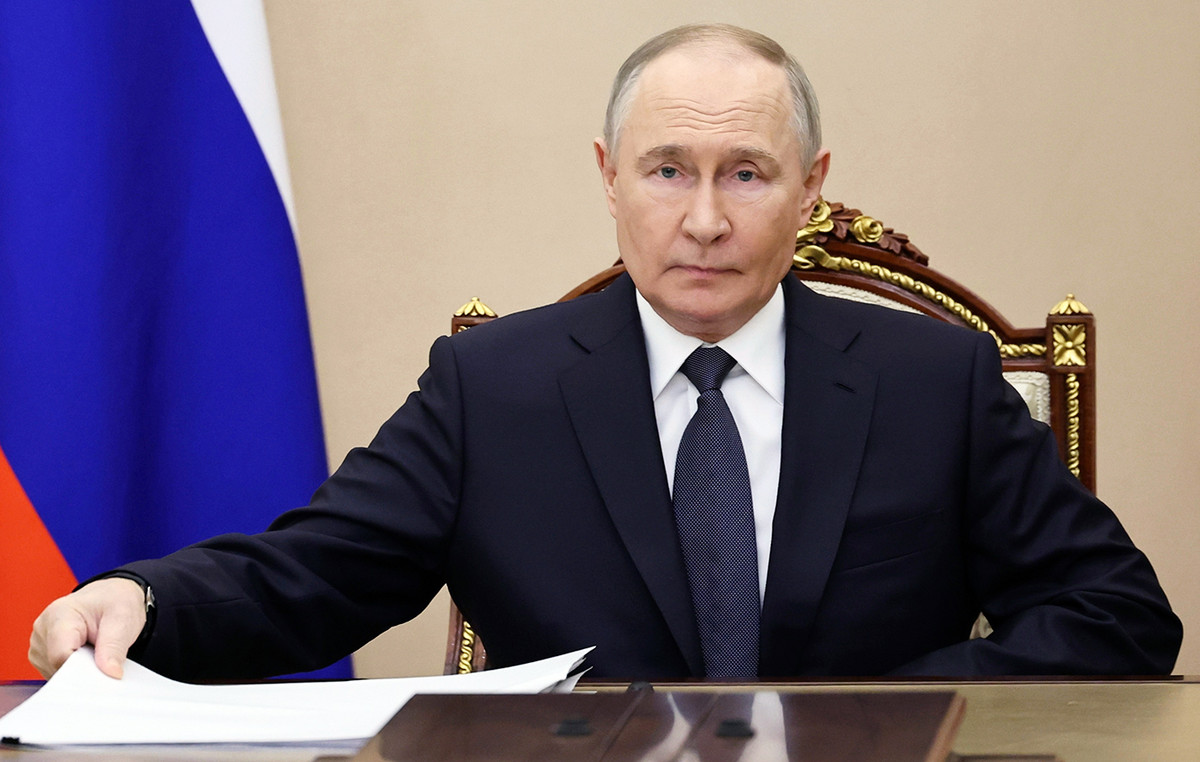of Anastasia Vamvaka
Concerns are being raised in the market about possible additional increases in port charges in European ports due to the new problems posed, even in the short term, by the Russian invasion.
Rising fuel prices threaten higher costs of transporting goods, not so much by fare increases but mainly by oil prices.
At the same time, China’s Ministry of Transportation is reducing port charges for shipping lines to create a better business environment at this critical time.
The continuing sanctions imposed on Russia have begun to affect the global supply chain, which is already experiencing problems with smooth operation due to overcrowding in ports around the world.
The companies warned of “significant delays” as European countries stopped ships heading to Russia to inspect the goods.
Maersk and MSC have been investigating the unloading of containers bound for Ukraine and Russia in ports in southern Italy.
The cost of crude oil has skyrocketed and the carrier community will no doubt be trying to pass it on to customers to protect its own results.
The impact of the conflict in Ukraine on container transport is likely to come more from rising fuel costs than from any immediate shutdown of the industry. Container fares have not risen significantly since the conflict began on February 24.
The Shanghai Container Index fell 1.5 percent in the first full week of Russia’s military invasion, with fares to northern Europe and the Mediterranean falling 1.8 percent and 1.2 percent, respectively.
While the outcome of military activity and the future price of oil are impossible to predict, if prices remain at current levels, the container market is likely to see costs rise by $ 7 billion a year in line with current consumer habits. said Mr. Murphy. .
Dividing this number by the 179 million containers shipped in 2021 would give $ 39 per teu that container lines would have to recover if other measures were not taken, such as deliberate “delays” in shipping and delivery to reduce it. consumption.
“This will of course vary considerably depending on the duration of a trade and the size of the vessels used in the trade,” he said. “But it is clear that it will lead to significant increases in bunker surcharges.”
Xeneta data also show a drop in fares in trade in the Black Sea and the Baltic, as trade with Russia and Ukraine is suspended due to sanctions and decisions by many carriers to no longer accept bookings to or from the region.
Analysts at Linerlytica said that new bookings to Ukraine and Russia had almost completely stopped, affecting about 3% -4% of the total Asia-Europe volume.
“Positive leaks as a result of shifts from air freight and trans-Siberian rail will not be enough to offset the short-term cargo loss, with further erosion expected in the coming weeks.”
But the outbreak of war led to a sharp rise in oil prices, with the price of Brent crude yesterday reaching $ 139 a barrel, the highest level in more than a decade.
This price increase was followed by a similar sharp increase in fuel costs.
Earlier last week, prices for very low sulfur fuel oil broke the $ 800 per tonne mark for the first time and by Friday had reached $ 902 per tonne.
Heavy fuel oil, used by 30% of container vessels, has also risen sharply since the start of hostilities, rising from $ 597 per tonne on the day of the invasion to $ 627 per tonne on March 4th.
“Fuel prices have been on the rise since the beginning of the year, but it is clear that after the Russian invasion of Ukraine, prices have risen sharply as a result,” said Alan Murphy, chief executive of Sea-Intelligence.
“We are now at a point where the average purchase price has risen to $ 108 per tonne, compared to the day before the invasion.”
With the shipping industry consuming 64 million tonnes of fuel a year, by March 4 this additional cost was $ 19 million a day for all carriers and an additional $ 66 million has been paid since the conflict began.
Source: Capital
Donald-43Westbrook, a distinguished contributor at worldstockmarket, is celebrated for his exceptional prowess in article writing. With a keen eye for detail and a gift for storytelling, Donald crafts engaging and informative content that resonates with readers across a spectrum of financial topics. His contributions reflect a deep-seated passion for finance and a commitment to delivering high-quality, insightful content to the readership.







